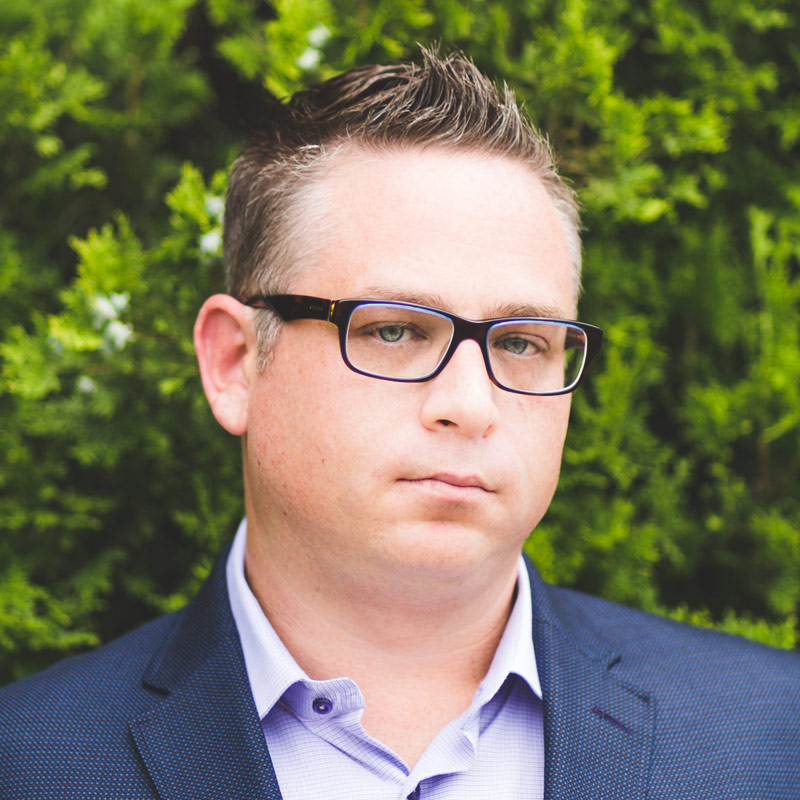Just as we thought the worst was behind us and we would be able to get through the pandemic and return to our normal lives, the omicron variant of COVID-19 has begun to run rampart through our homes, our communities, and our lives. It feels eerily similar to early in 2020- quarantines, hospitals overrun, parents trying to navigate where their children will be doing school, testing shortages, government officials giving daily press conferences, and an overall underlying panic and fear about how we approach our day-to-day activities.
Currently, the United States is now averaging 550,000 reported infections per day, which can include omicron but Delta as well. Locally here in Maryland, Governor Larry Hogan recently spoke about the next 4-to-6 weeks possibly being the worst we have seen throughout the entire pandemic. The recent surge after the holiday season of Christmas and New Year’s, with friends and family gathering in large groups, has impacted numerous areas, including travel throughout the country and the nationwide workforce. Already facing a workforce shortage over the last year, businesses and organizations are now even stretched thinner, with restaurants closing due to staffing issues and healthcare organizations finding it difficult to staff appropriately due to workers being in quarantine.
There is, however, some good news and positivity that can be found. First, unlike the beginning of COVID-19, there are widespread vaccinations available, as well as therapeutics that have entered the market. Second, while seemingly more transmissible, omicron seems less severe than previous strains, especially for individuals that have been vaccinated and boosted. While breakthrough cases continue to occur, the majority of individuals infected with the omicron variant of COVID-19 seem mild, with cold or flu-like symptoms occurring.
So where does that leave us, seemingly thrust back into the early days of the COVID-19 pandemic, when we were gripped by fear, doubt, panic, insecurity, mass infections, and a healthcare field and hospital systems stretched to the brink? For one, we should recognize that we are in a much better position, based on experience and new tools, to face and withstand what seems like a much less severe virus. We need stay calm, not panic, and approach our lives with confidence that we have gotten through this before, but also with caution to make sure we keep ourselves, our friends and loved ones, and our communities safe.
Now, what does that mean for the section of healthcare already dealing with an epidemic within the pandemic. As addiction treatment providers, our job is to continue our mission of helping individuals suffering from addiction, substance use disorder, mental health conditions, and other behavioral health disorders overcome their illnesses and find a lasting, sustainable recovery. We saw the numbers within the first year of the pandemic- more Americans turned to drugs and alcohol, more Americans met criteria for having a substance use disorder, more Americans suffering from mental health concerns like anxiety, depression, and thoughts of suicide than ever before. We’ve seen the recent numbers released by the CDC- over 100,000 Americans between April 2020 and April 2021 lost their lives to a fatal overdose. Heartbreaking, tragic, record-breaking numbers. We know that in the first year of the pandemic, the services provided by addiction treatment and mental health treatment providers were needed more than ever.
Therefore, let those that are suffering from addiction and co-occurring disorders not retreat back into the isolation and fear that happened at the beginning of COVID-19 and spawned the terrible crisis of addiction that we are now just seeing the fallout from. Let us make sure that individuals and families impacted by addiction know that professionals and rehabs are open, ready, willing, and able to help. As addiction treatment providers, let us make sure we are prepared accordingly, to keep our doors open and offer high quality, comprehensive patient care, while continuing to keep our staffs and our patients healthy and safe. We are in the midst of the healthcare crisis, and as healthcare providers, we cannot shut down or turn patients away, while also making sure we are abiding by the strictest and most effective health and safety protocols.
We may see an even more fearful winter due to COVID-19 than the previous two pandemic winters we have faced. However, this is nothing new. We have faced this before and continued to offer life-saving addiction treatment for those in need. The scourge of addiction continues to effect millions of Americans, so we as providers must make sure to be prepared to treat those in need with best-in-class, evidence-based practices. Addiction treatment is needed now more than ever, and more and more Americans are in need of treatment than ever before. It is our job to stay flexible, pivot when necessary, and figure out how to manage this next winter of COVID-19, so that our patients may receive help, find recovery, and face next winter in a state of health, happiness, and recovery.
If you or someone you know needs help for addiction or co-occurring disorder issues, please give us a call. Maryland Addiction Recovery Center offers the most comprehensive dual diagnosis addiction treatment in the Mid-Atlantic area. If we aren’t the best fit for you or your loved one, we will take the necessary time to work with you to find a treatment center or provider that better fits your needs. Please give us a call at (410) 773-0500 or email our team at info@marylandaddictionrecovery.com. For more information on all of our drug addiction, alcohol addiction and co-occurring disorder services and recovery resources, please visit our web site at www.marylandaddictionrecovery.com.
